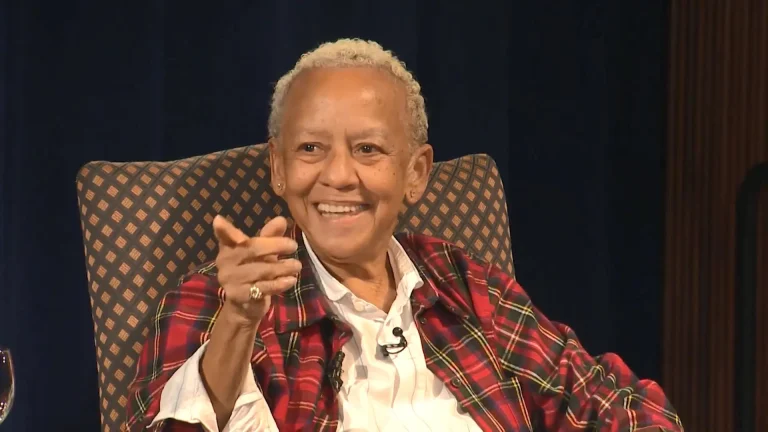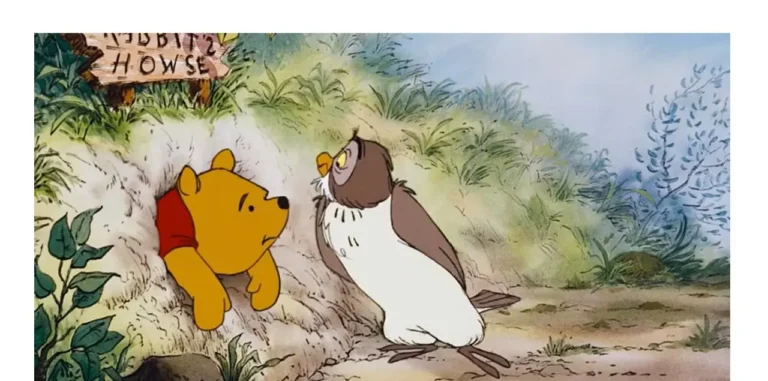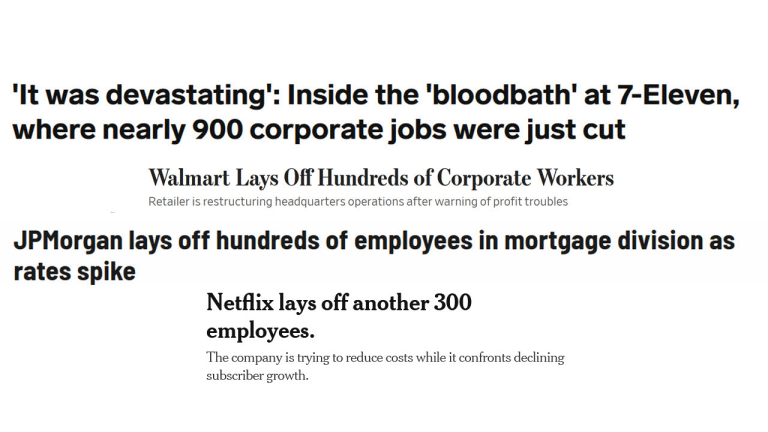3 Common Mistakes in Headlines and Ledes — and How to Avoid Them
Hall of Famer Satchel Paige’s pitching style helps explain a balky misstep many communicators make
Pitching great Leroy “Satchel” Paige was famous for his windmill windup, swinging his arm in circles before throwing the ball.
“I use my single windup, my double windup, my triple windup, my hesitation windup, my no windup,” he said, according to Baseball Almanac.
He began his career in the Negro Leagues in 1924. Because of Major League Baseball’s color barrier, he was barred from the big leagues until 1948, when he was 42. Paige retired in 1953, although he came back in 1965 at age 59 to pitch three innings without allowing a run.
Paige’s unorthodox pitching style helps illustrate one of three common mistakes writers make with headlines and ledes. We recommend starting a story by writing the first sentence and hed, as it’s called in newsrooms. It helps you think from the beginning about the news and why your audiences should care, even if you revise as you go. Yet sometimes something that usually is wrong is just the right touch, which we explain.
1. Start with the news. While a long, slow windup worked for Paige, it hasn’t worked for major league pitchers since. And it doesn’t work for news stories. If you have news, tell the reader. Background should go … in the background. Consider this story by Fast Company:
At Straus Dairy Farm on the California coast north of San Francisco, there’s a long history of sustainability. Cow poop is turned into electricity that powers the farm, including an electric truck that delivers cattle feed. The family farm, which aims to be carbon neutral by 2023, launched the first organic creamery in the country, and was also the first to make a “carbon farm” plan, working with university researchers to study the climate benefits of techniques like adding compost to soil. This summer, it also became the site of the first commercial trial of a new solution: adding red seaweed to cattle feed to help reduce emissions from cow burps.
This paragraph is 110 words long and doesn’t reach the news until the end. That’s a long way to expect a reader to travel, even with a catchy headline, which this story has: “There’s a simple fix for the emissions in cow’s burps: Just give them a little seaweed.”
This wasn’t a feature story. It was published two days after the release was issued. If it was a feature, a better approach would be an anecdote that demonstrates the farm’s commitment to sustainability, perhaps using the funny line in the second sentence as a start.
2. Don’t double stuff the lede. We don’t like Double Stuf OREO cookies. The originals are better balanced. In the same way, we especially don’t like first sentences overstuffed with facts. Consider the lede to this story that ran in The New York Times in 2013:
A former Navy reservist who was fired from the Los Angeles Police Department in 2008 has gone on a murderous rampage aimed at police officers and their families, law enforcement officials said Thursday, killing at least three people ― including an 11-year veteran of the Riverside Police Department ― and setting off a huge manhunt across Southern California.
Who-boy! This lede tips the scale at 56 words. To find the most important facts, readers are forced to pick their way through the less-essential information: the suspect is a former Navy reservist, he was fired in 2008, one of the victims was a police officer in Riverside, 50 miles from Los Angeles, and he had been on the force for 11 years. Here’s one way to tighten that lede while emphasizing the most important facts:
An employee fired by the Los Angeles Police Department has killed at least three people in a revenge-driven rampage aimed at police officers, setting off a manhunt across Southern California, law enforcement officials said Thursday.
(Note: I’m guessing the Times’ lede called it a rampage against “police officers and their families,” because the first two victims were the daughter of a retired Los Angeles police captain and her fiancé. But the story makes clear officers were the shooter’s primary target.)
3. Say something in your headlines. Too often, we see headlines that don’t say anything, such as this headline in Fortune from 2018:
Higher Rents Correlate to Higher Homeless Rates, New Research Shows.
The problems start with “correlate,” which is a weak verb, but don’t end there. Here’s three alternative heds:
a) Why high rents push people into homelessness
b) Here’s how high rents must go before pushing people onto the street
c) What’s the tipping point between high rents and homelessness?
Version a) promises analysis. Version b) also promises analysis by pointing to a question that the story answers. Version c) replaces “correlates” with “tipping point,’ which adds a dash of tension.
The internet has let loose something that was bottled up in the print era: question mark headlines. Be wary of teasing your audience, which can be turned off by question marks, according to Chartbeat. Readers are attracted by words like “what” and “where,” and quotes and superlatives, the audience analytics firm says.
Allow exceptions. Rules are made to be spoken and then ignored. While we prefer ledes that aren’t packed with details, consider this one published in 2019 by The Advocate in Baton Rouge, La.:
A veterinarian prescribed antibiotics Monday for a camel that lives behind an Iberville Parish truck stop after a Florida woman told law officers she bit the 600 pound animal’s genitalia after it sat on her when she and her husband entered its enclosure to retrieve their deaf dog.
Why does this lede work? Because as Calvin Trillin, a self-described “collector of ledes,” said in The New Yorker: “If the function of a lede is to engage the reader, this article’s lede seemed to me remarkably effective.”
Senior Consultant Tom Corfman loves fixing ledes and heds and he can show your team how with Ragan Consulting’s Build Better Writers program.







